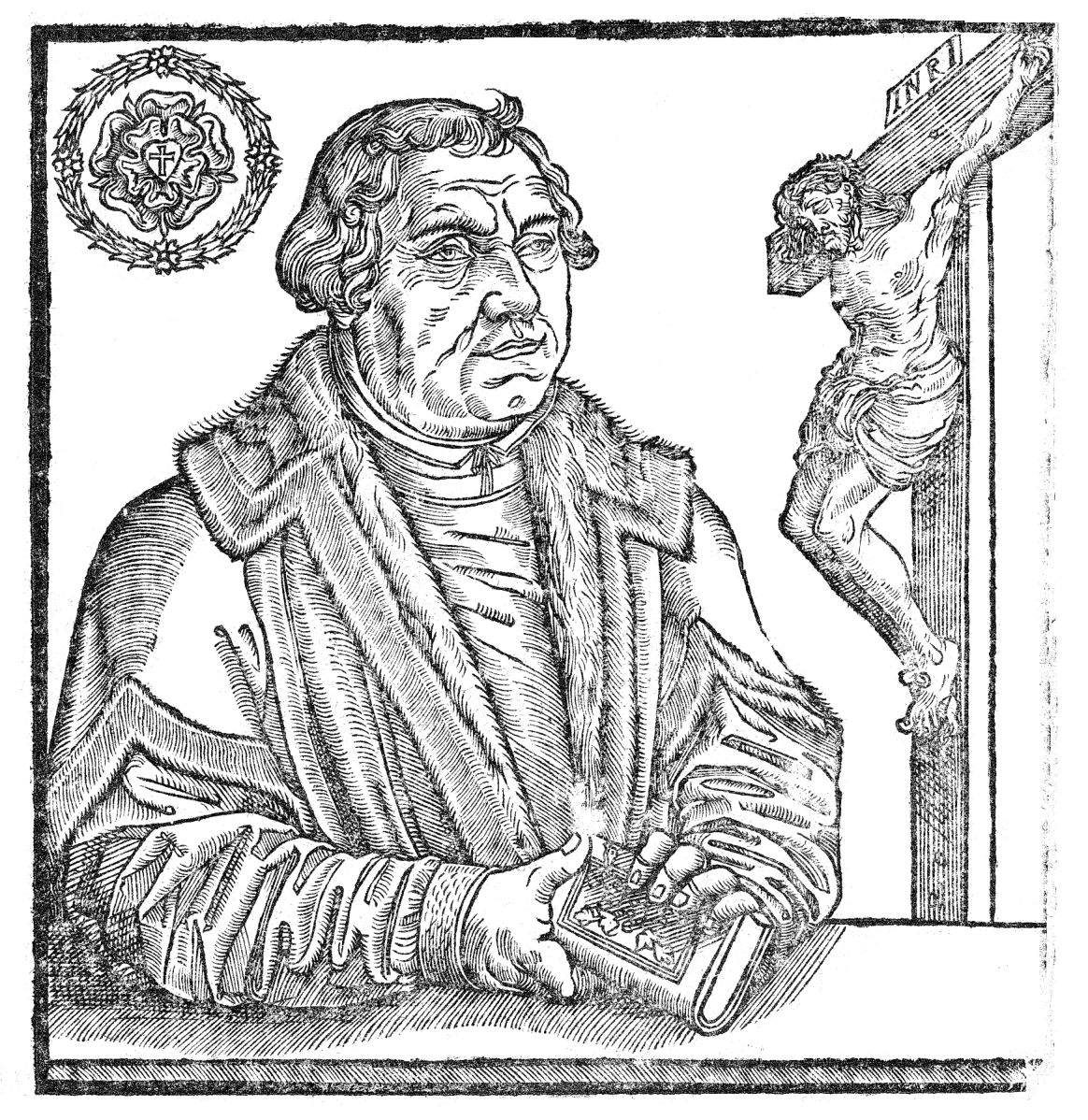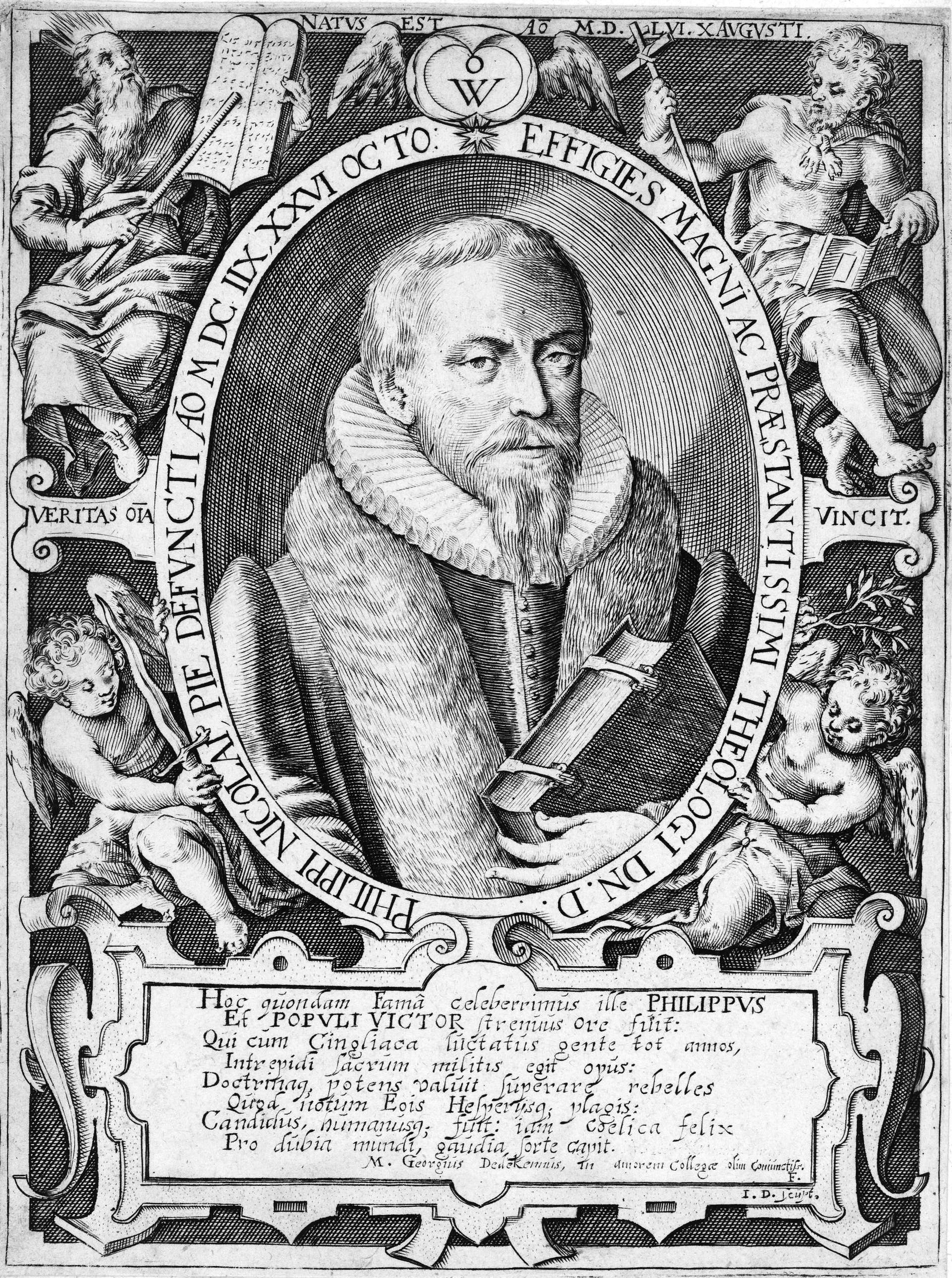Some of the Church Fathers are important for their expansive theology, some for their political prowess, some for their contributions to the Church’s liturgy and hymnody, some for all of these things. Some, however, are important to us because their writings give us a window in time through which to gaze upon very specific things. St. Cyril of Jerusalem (bishop from 349-386) is of the latter sort. Only a few of his writings have come down to us; but those that have survived give us a rare glimpse of the catechetical practice and liturgical life of the mid-fourth-century church.
We know quite a bit about the era in which St. Cyril lived and worked. It was a time of great change in both church and empire, a time of transition and of challenge. His bishopric began during the reign of the Emperor Constantius II, a son of Constantine the Great. Christianity, though legal, and, arguably, becoming the preferred religion of the empire, was just beginning to settle into its newfound status. When John was ordained a bishop, it had only been 24 years since the Council of Nicaea. In spite of the council’s rulings, the Arian heresy had not disappeared, and the language of the Nicene Creed had not yet been fully embraced even among the orthodox. Constantius himself favored the Arian party. Moreover, the empire was not fully evangelized. Christianity had been legal only since 314, and the old paganism, while having suffered a severe setback under Constantine and his successors, had not yet faded from either official or private Roman life. Moreover, although Jerusalem was becoming important as a destination for pilgrims (especially after the archaeological efforts undertaken by Constantine and his mother, Helena), and, while by edict of the Council of Nicaea the bishop of Jerusalem was to be accorded special honor, the see had not yet been recognized as a patriarchy and therefore exercised little direct influence on the Church as a whole. What influence it did exert was accidental, and, due to the number of pilgrims who visited the churches and participated in the worship services, mainly liturgical.1
It is not too surprising, then, that we do not find St. Cyril among those deeply involved in the controversies of the day. If he wrote any theological treatises, they have not come down to us. If he weighed in on the pressing issues of the time among his contemporary ecclesiastics, there is no record of it. Exiled and restored several times over his career, presumably for his orthodoxy, he did attend the Council of Constantinople in 381 as one of the 150 orthodox bishops, but was never singled out for any particular contribution to the proceedings.2 After the council, he was lauded for his opposition to the Arians in general.3 But any details, or even anecdotes, illuminating his opposition to the heresy are lacking. What we do have from Cyril, however (in addition to a solitary sermon, a single letter to the emperor Constantius, and a few fragmentary bits), are his catechetical homilies.
In this somewhat tumultuous period, not only were grand theological treatises, conciliar edicts, and the like important for the life and direction of the Christian Church, but also the basic catechesis of the laity in the course of regular, local, pastoral service. Cyril was a master at this. His 23 catechetical homilies (divided into 18 protocatecheses delivered over the season of Lent, and 5 mystagogical catecheses delivered during Eastertide) cover topics that would be familiar to any Lutheran: The Apostles’ Creed, the Lord’s Prayer, Christian morality, the Sacrament of Holy Baptism, and the Sacrament of Holy Communion. While more homiletical in tone than Luther’s catechisms, Cyril’s approach to these basic texts and to the sacraments is remarkably similar. Take, as an example, Cyril’s explanation of the introduction to Lord’s Prayer:
We say the prayer which the Savior delivered to His own disciples, with a pure conscience calling God our Father, and saying, “Our Father, who art in Heaven.” O most surpassing loving-kindness of God! On those who revolted from Him and were in the very extreme of misery has He bestowed such complete forgiveness of their evil deeds, and so great a participation of grace, as that they should even call Him Father.
He says regarding the first petition, “we pray that in us God’s Name may be hallowed; not that it becomes holy from not being holy, but because it becomes holy in us when we become holy and do things worthy of holiness.” He continues with each petition in a similar manner.4
As he is addressing the chief catechetical items, he also speaks in some depth about other issues that are as important to the Christian today as they were to our brothers and sisters in the fourth century: the importance of nurturing faith after baptism, how to deal with temptations, the causes of evil, the nature of faith, the necessity of faith to receive the benefits Christ bestows by His Word and Sacraments, the importance of confessing one’s sins, and, above all, the immensity of the grace and mercy that is ours in Christ Jesus.
Let us not be ashamed of the cross of Christ, but rather glory in it… For it was not a mere man who died for us, as I said before, but the Son of God, God made man. Further; if the lamb under Moses drove the destroyer far away, did not much more the Lamb of God who takes away the sin of the world, deliver us from our sins? The blood of a silly sheep gave salvation; and shall not the blood of the Only-begotten much more save?5
Throughout his teaching, moreover, Cyril shows a depth of Biblical fluency, connecting multiple events, figures, and prophecies from throughout the Old and New Testaments to the topics at hand.
Cyril’s homilies are also important to liturgical historians. He gives us a glimpse of the liturgical life of the Church in Jerusalem, including its unique movements to and from the locations associated with Christ’s saving works. Of particular interest are the insights his writings provide regarding the ancient rituals associated with the catechumenate, the rite of Holy Baptism, and the Divine Service.6
This does not mean that Lutherans won’t encounter a few difficulties with some of what Cyril says. But, over all, his catechetical homilies would serve all Christians as fine devotional fare to deepen our appreciation of the catechism, and of the manifold gifts our Lord bestows upon us. As Cyril himself says in the first line of his Sermon on the Paralytic: “Wherever Jesus appears, there is salvation.”7
1 St. Cyril of Jerusalem’s Lectures on the Christian Sacraments, the Protocatechesis and the Five Mystagogical Catecheses, Frank L. Cross, ed. Texts for Students No 51 (London: SPCK, 1960) p. xix.
2 Cross, p. xx.
3 Henry R. Percival, Philip Schaff, and Henry Wace, “Council of Constantinople. A.D. 382. The Synodical Letter,” in The Seven Ecumenical Councils of the Undivided Church: Their Canons and Dogmatic Decrees, Together with the Canons of All the Local Synods Which Have Received Ecumenical Acceptance, Nicene and Post-Nicene Fathers, Series 2, Vol. 14 (Peabody, Mass: Hendrickson, 1994), p. 189. In the same breath this letter also upholds the legitimacy of his ordination as bishop of Jerusalem—an important endorsement for one having been exiled and restored multiple times.
4 Cyril of Jerusalem, “Lecture XXIII (On the Mysteries V),” in Cyril of Jerusalem, Gregory Nazianzen, Nicene and Post-Nicene Fathers, Series 2, Vol. 7, Philip Schaff and Henry Wace eds. (Peabody, MA: Hendrickson Publishers, Inc, 1994) p. 155.
5 Cyril of Jerusalem, “Protocatechesis XIII,” in Cyril of Jerusalem, Gregory Nazianzen, Nicene and Post-Nicene Fathers, Series 2, Vol. 7, Philip Schaff and Henry Wace eds. (Peabody, MA: Hendrickson Publishers, Inc, 1994) p. 82.
6 See especially Cyril’s catechetical lectures for explanations of what the newly baptized experienced in the baptismal rite and in the liturgy of the Divine Service. For a curated collection of texts from the catecheses on this subject, see The Springtime of the Liturgy by Lucien Deiss (Collegeville, MN: The Liturgical Press, 1979), or Worship in the Early Church: An Anthology of Historical Sources, Volume 2 edited by Lawrence J. Johnson (Collegeville, MN: The Liturgical Press, 2009). Another helpful volume for understanding the liturgy of the Jerusalem Church is Walking Where Jesus Walked: Worship in Fourth-Century Jerusalem, by Lester Ruth, Carrie Steenwyk and John D. Witvlift (Grand Rapids, MI: Eerdman’s Publishing Company, 2010). See also Egeria: Diary of a Pilgrimage, George E. Gringas, tr. Ancient Christian Writers, Volume 38 (New York: Newman Press, 1970).
7 Cyril of Jerusalem, The Works of St. Cyril of Jerusalem, Volume 2, Leo P. McCauley, Anthony A. Stephenson, tr. The Fathers of the Church: A New Translation, Volume 64 (Washington D.C.: The Catholic University of America Press, 1970) p.209.



